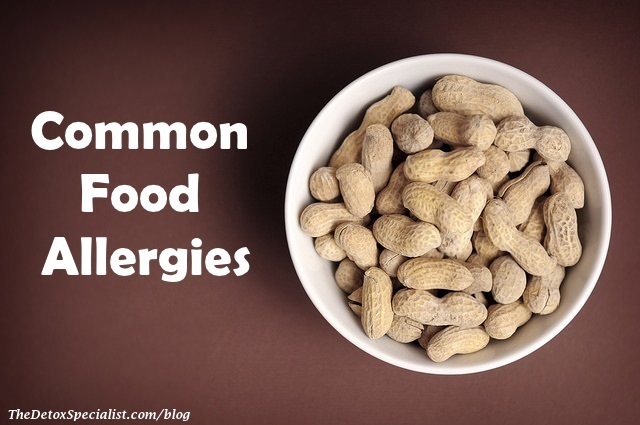
There are a lot of different food allergies that people face every day. The most common allergy and most well known would be the infamous peanut allergy. Sometimes it can be so bad that the person can’t be in the same room as a bag of peanuts. Others are less severe and may cause gastrointestinal discomfort or bloating after digesting it. Allergies can appear and disappear seemingly at random–showing up in a 40-year-old man and the disappearing after 10 years. Allergies are confusing. To help you navigate the world of food allergies, here are the most common food allergies and what you should avoid if you suspect you have one.
- Peanut Allergy
Peanut allergies are the most common and the most severe. Symptoms can parallel the symptoms had by a person with a severe bee sting allergy. The throat will swell, eyes swell, and they can have difficulty breathing. 62% of anaphylaxis deaths are from peanut allergies every year. So they are something that is important to be aware of and to avoid–especially if you have a young child with the allergy.
Foods that you wouldn’t initially think of to avoid are things like chili uses peanut paste to thicken the broth. If you’re eating out, you’ll have to specifically ask if they’ve used peanut oil (also called gourmet oils) or if the foods have cross-contaminated with tree nut products. You can replace peanut oil with organic MCT oil or coconut oil. Sadly, ice cream, candy, and sauces are usually either contaminated through cross-contamination or because peanuts have been used to thicken the texture. Be aware and pay attention to the ingredients that have been used.
- Milk Allergy
Milk allergies are extremely common in children. They might have diarrhea after dinner or complain of stomach cramps or you’ll catch them itching at hives on their skin. The problem with a milk allergy (especially if it is severe) is that milk is an extremely common additive to foods. Milk is found in almost all pastry foods and treats. Of course, milk is in ice cream and cheese as well. If your child has a milk allergy but doesn’t have a nut allergy, you can easily use vegan products to satisfy your kid’s wants for “normal” snack foods like Cheez-its, whip cream, or other foods that commonly have milk in them.
- Wheat and Gluten
Gluten is a protein found in wheat, barley, and rye. The symptoms for the allergy are extensive and range from hives to asthma. Anaphylaxis can occur but it is more rare than common. Wheat is a hard thing to avoid since most products use it for thickening and breading. The obvious things to stay away from are breaded products like bread, cookies, cake, brownies, and anything that directly uses flour to make the product. Other products you should avoid are soy sauce, certain salad dressings, and seasoning packets. There are a variety of products that cater to gluten allergies and it’s becoming easier and easier to buy things that are gluten-free.
- Fish and Shellfish
For seafood lovers, it can be a sad thing if you develop a seafood allergy. It commonly develops later in later after the individual is into their adult years. The symptoms include tingling in the mouth, abdominal pain, vomiting, and dizziness. Luckily, if you do have a seafood allergy, it’s pretty easy to avoid. Simple stay away from seafood products and don’t eat things that have come in contact with seafood. Most factories don’t use fish and shellfish in their recipes but make sure to check the back of the ingredient list. Caesar salad dressing commonly uses anchovies as a flavor enhancer so it’s always safest to check before you eat.
When it comes to allergies, it’s always better to be safe rather than sorry. Having an allergic reaction can be scary and often results in a trip to the hospital to make sure that the reaction was something worse. If you can, always check the label on the food before you eat it.
Image by US Department of Agriculture



